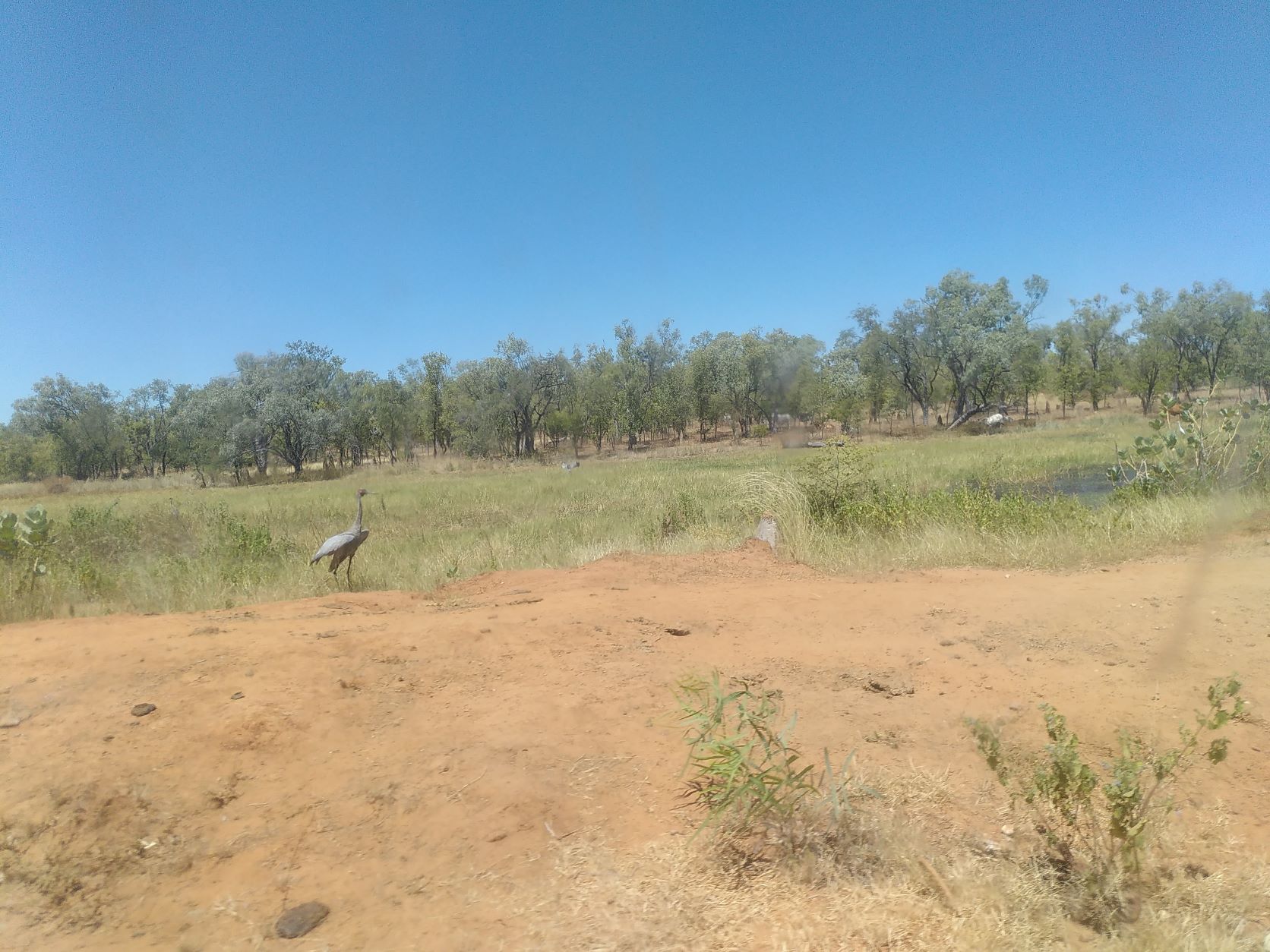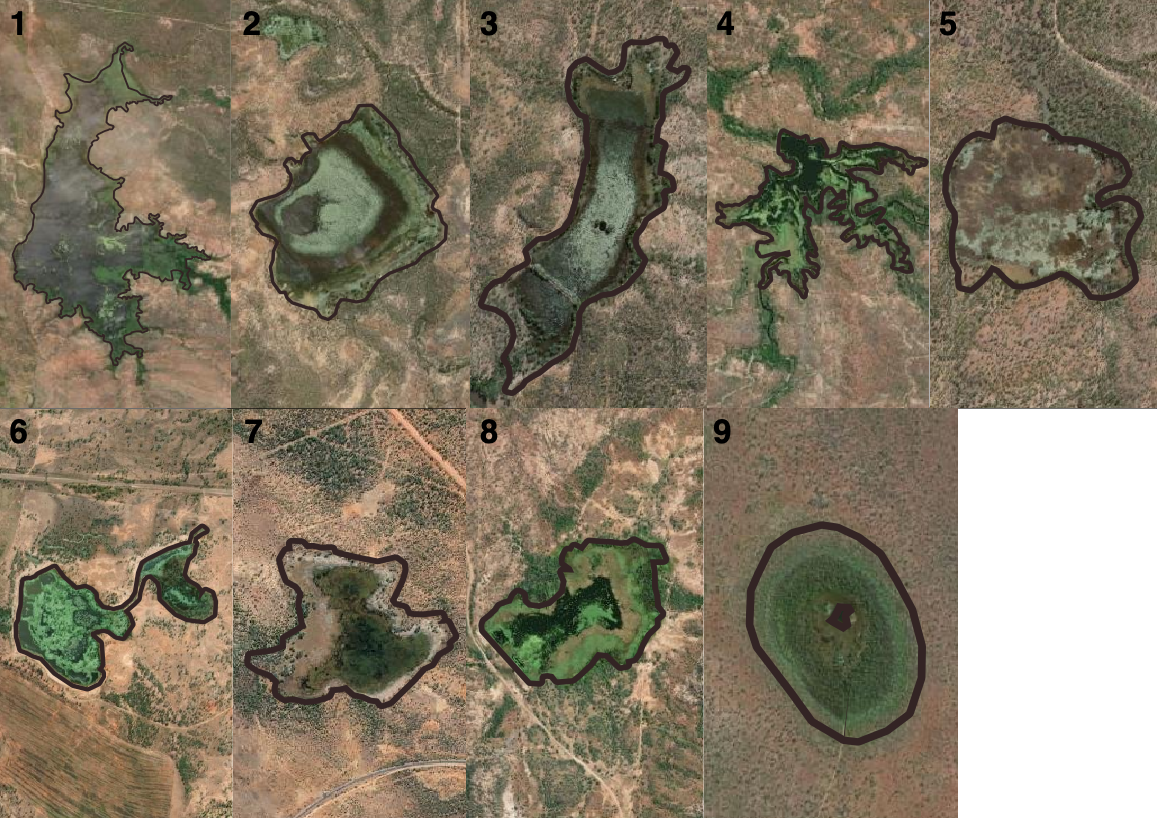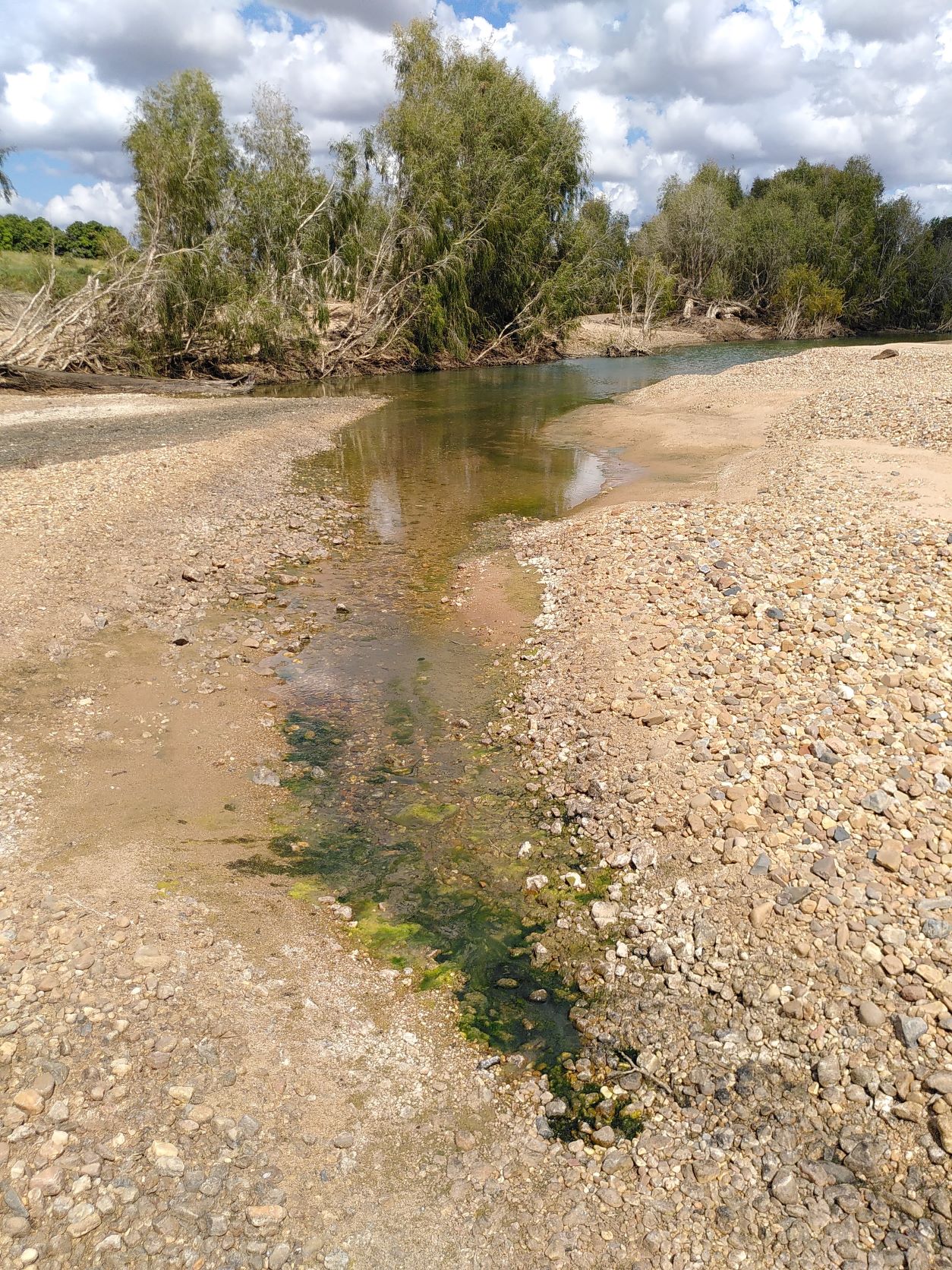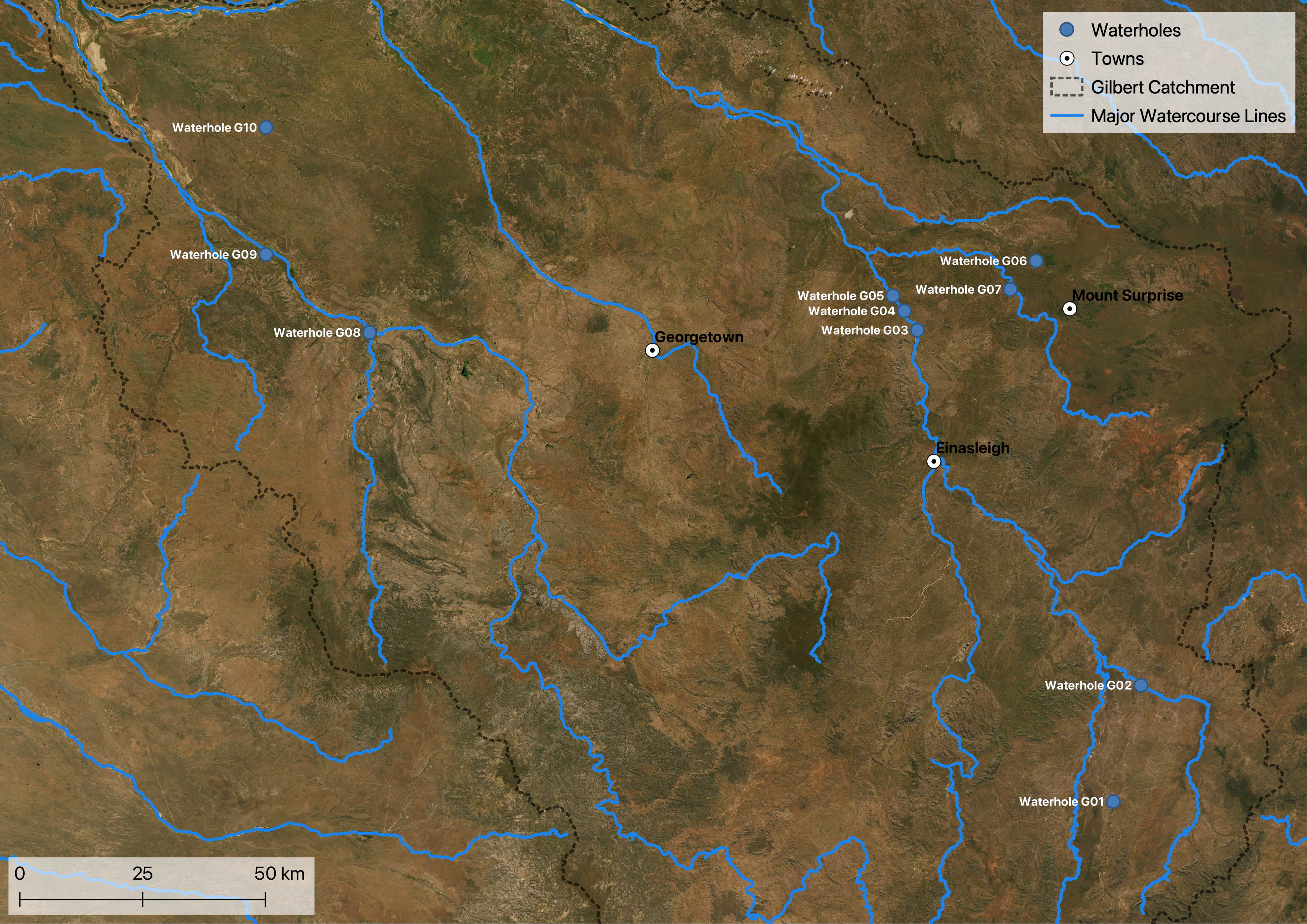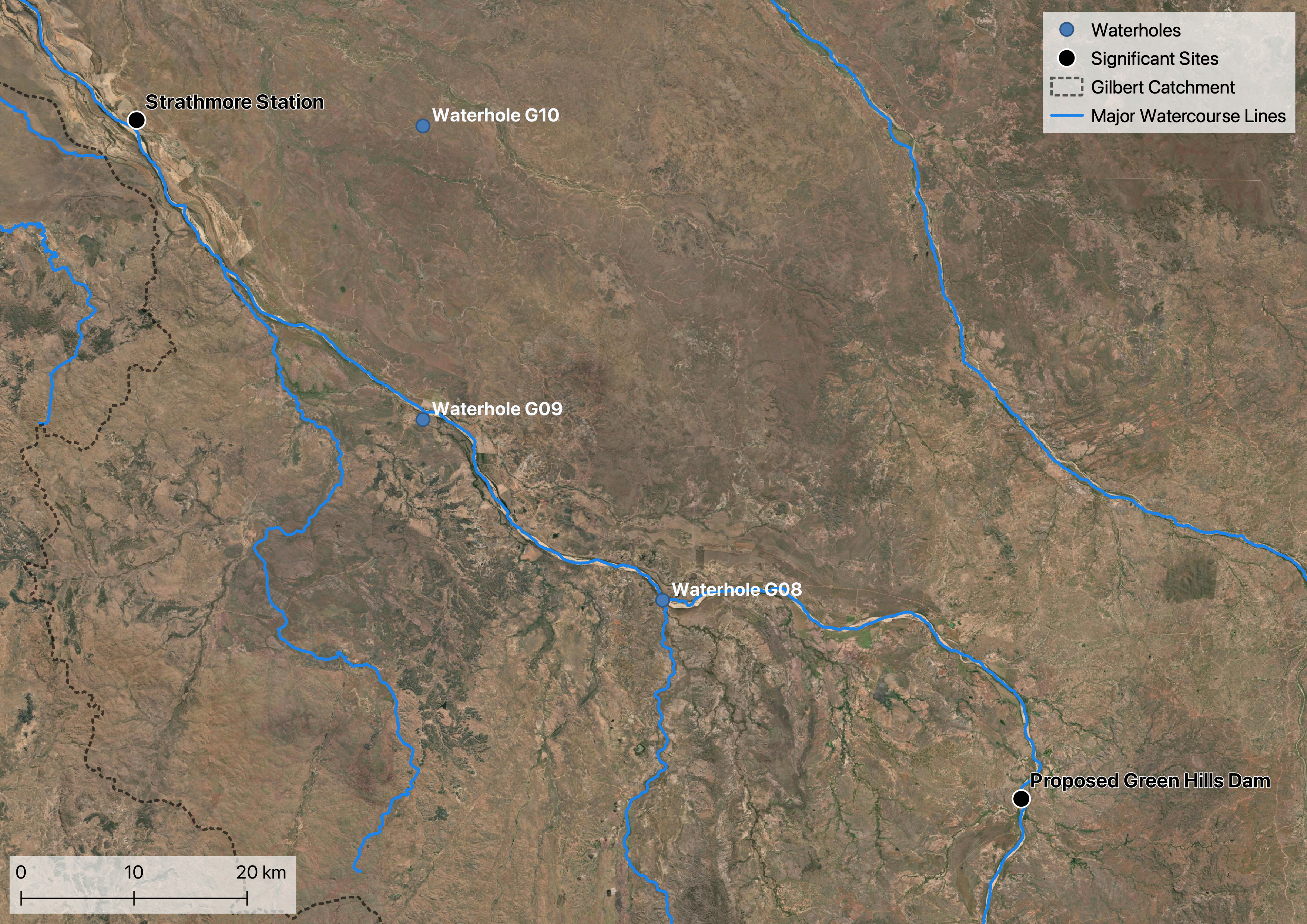Water bodies in the Gilbert river region are of particular importance because they flood in the wet and water availability is limited in the dry season. Water bodies that are permanent or last longer into the dry season provide water for stock and wildlife, refuges for aquatic life, and storage of water for irrigated agriculture.
CSIRO’s FGARA project published a technical report on the waterhole ecology of both the Gilbert and Flinders. The study included baseline data collection in the field (e.g., water quality parameters), survey of aquatic biota and modelling of potential development impacts. Ten waterholes were investigated, three of which are in the GRAP region. All studied waterholes in the GRAP were characterised as permanent.
Seasonal flooding also refills lakes and wetlands. The maintenance of flows into wetlands, floodplains and other water bodies is a stated ecological outcome of the Water Plan (Gulf) 2007 to support habitat for native flora and fauna.
Smaller water bodies are typically implicitly included in catchment scale runoff modelling - they show up through their effect on timing of streamflow after rainfall. Larger water bodies can be explicitly modelled. Water budgets for the catchment of a water body can provide a first estimate of its water balance over time.
Data sources
- GRAP Surface Moisture Extents - Dry Season 2018, indicative data set mapped by Gulf Savannah NRM in 2022 (contact for information) Hydrographic features - Queensland series, accessed via Queensland Spatial Catalogue (QSpatial), includes data sets:
- Major watercourse lines
- Watercourse areas
- Waterholes
- Waterpoints
- Pondage
- Lakes
- Water storage points Wetland data, accessed via Queensland Spatial Catalogue (QSpatial), includes data sets:
- Wetland areas
- Wetland points
- Wetlands lines
On this website:
Footnotes
- Based on GRAP Surface Moisture Extents - Dry Season 2018, with 25ha providing at least 250ML capacity assuming a minimum 1m depth
- Based on GRAP Surface Moisture Extents - Dry Season 2018 (only water bodies exceeding 25ha) and DEM
